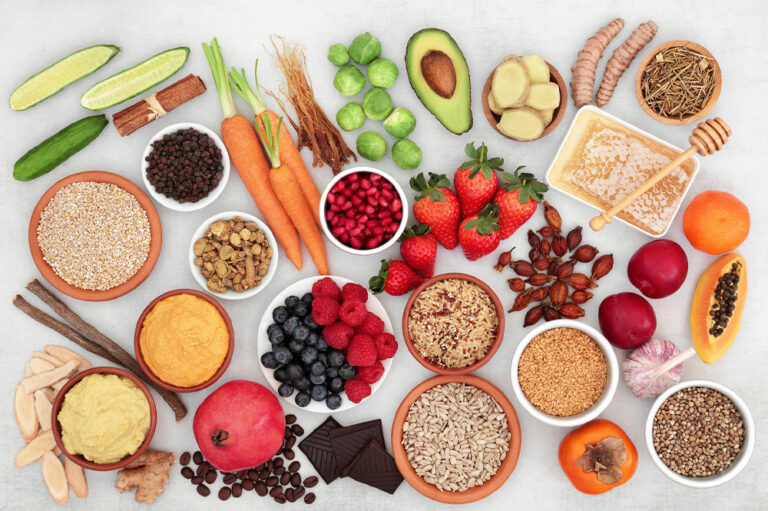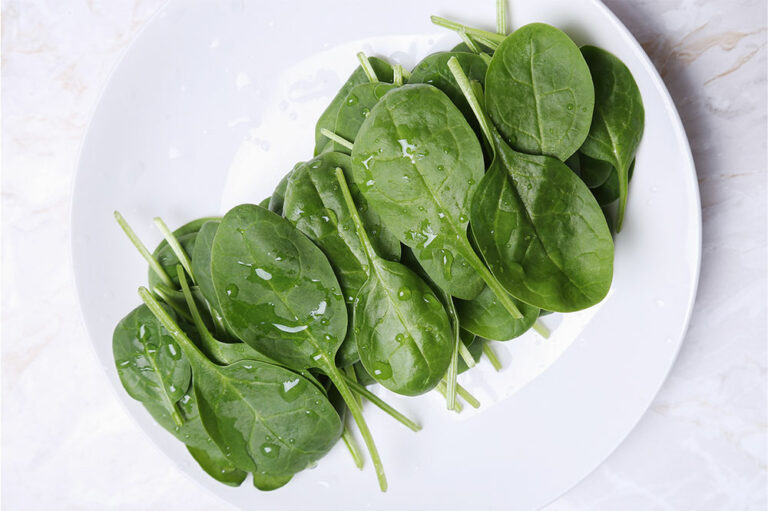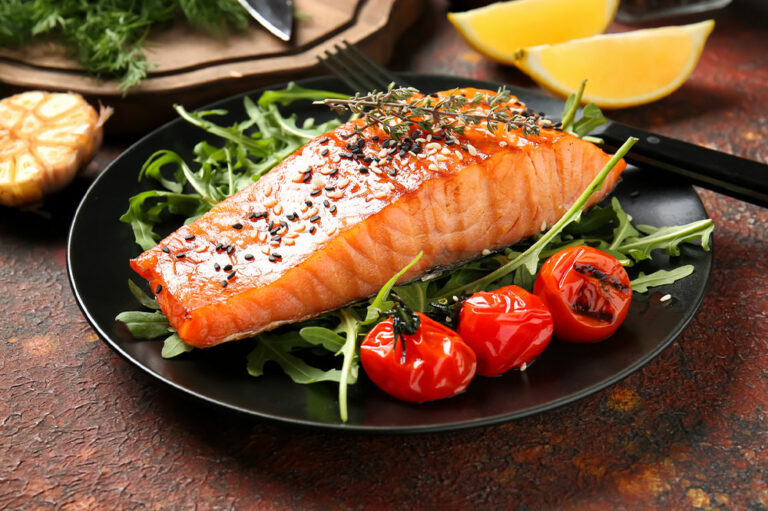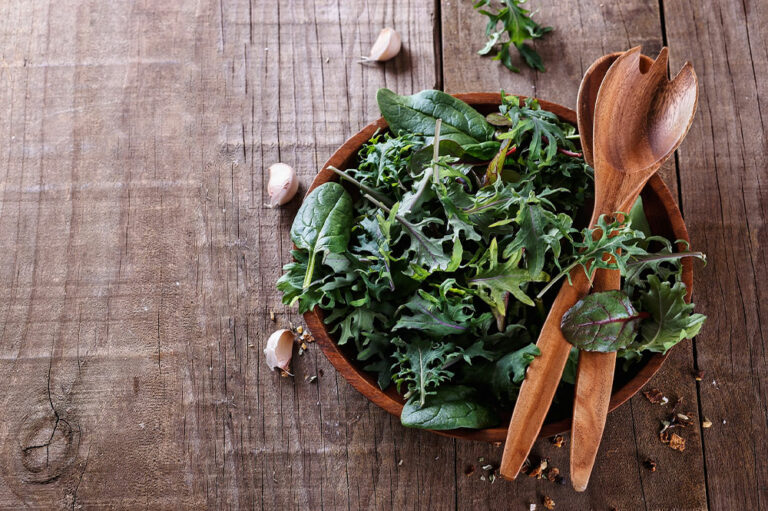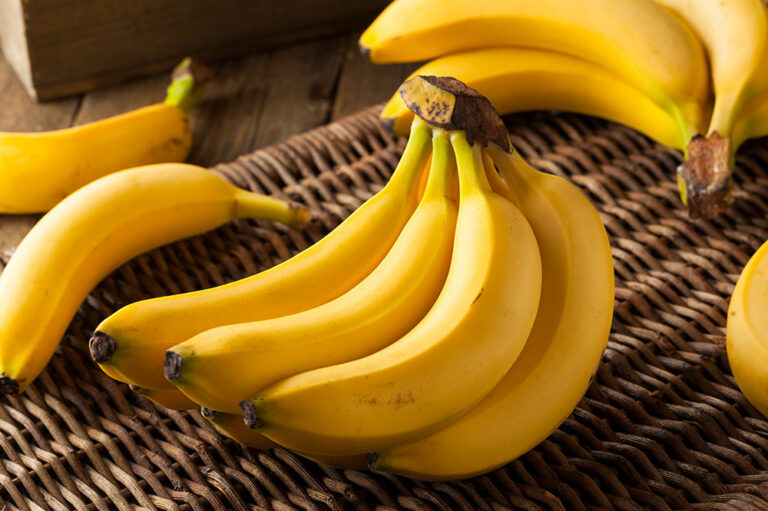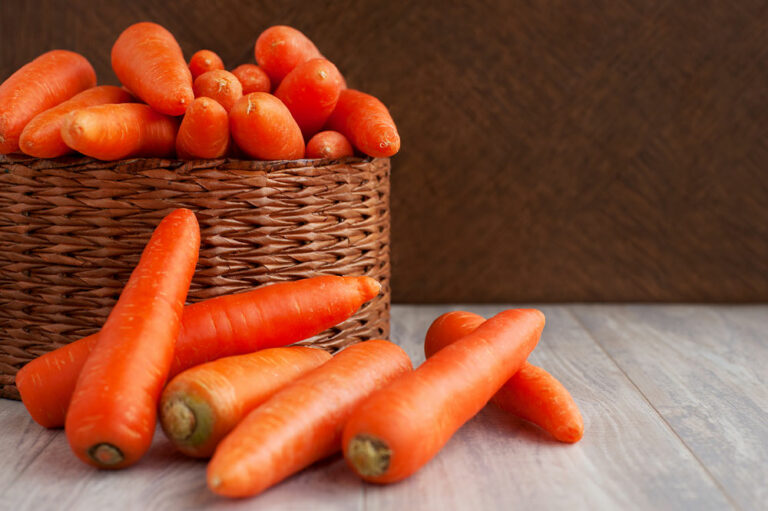
Diet Plans
Cancer: Foods to eat and avoid
A well-planned nutrition regime goes a long way in maintaining good health. Such a step not only makes one fit but also reduces their risk of being diagnosed with cancers like chronic lymphocytic leukemia (CLL) and small lymphocytic lymphoma (SLL). Age, ethnicity, and lifestyle patterns also play a role in this illness, but a huge part is the food one consumes. Take a look at the foods to eat and avoid for cancer. Foods that increase cancer risk Some foods to avoid being at risk of cancer are Red meat Quite a few labels use additives to preserve red meats like salami, ham, beef jerky, and sausage. Red meat is known to have carcinogens that are associated with colorectal and stomach cancer Alcohol Excessive alcohol consumption is linked with mouth, throat, esophagus, breast, liver, stomach, and bowel cancers. The risk of cancer when consuming alcohol varies among individuals. Refine carbs and sugar Regularly including refined carbs and sugar in one’s meals increases the risk of developing type 2 diabetes. One must avoid foods that have excess sugar and carbs as overconsumption can cause inflammation and oxidative stress. Foods that lower cancer risk These foods are highly beneficial for cancer prevention: Olive oil Olive oil contains oleocanthal and antioxidants that help in slowing or reducing the risk of cancer. Healthy consumption prevents breast cancer and the cancer of the digestive tract. Using Olive oil also prevents cardiovascular diseases. Garlic Garlic contains an active compound called allicin known to have anti-cancer properties. One study concluded that people who ate allicin vegetables were less susceptible to stomach cancer . Another research suggested that it reduced the risk of prostate cancer. Broccoli Broccoli has potent anticancer properties and contains glucosinolates that produce protective enzymes. These enzymes help in detoxifying harmful chemicals, consequently lowering the risk of breast, prostate, lung, colon, mouth, esophagus, and stomach cancer.
